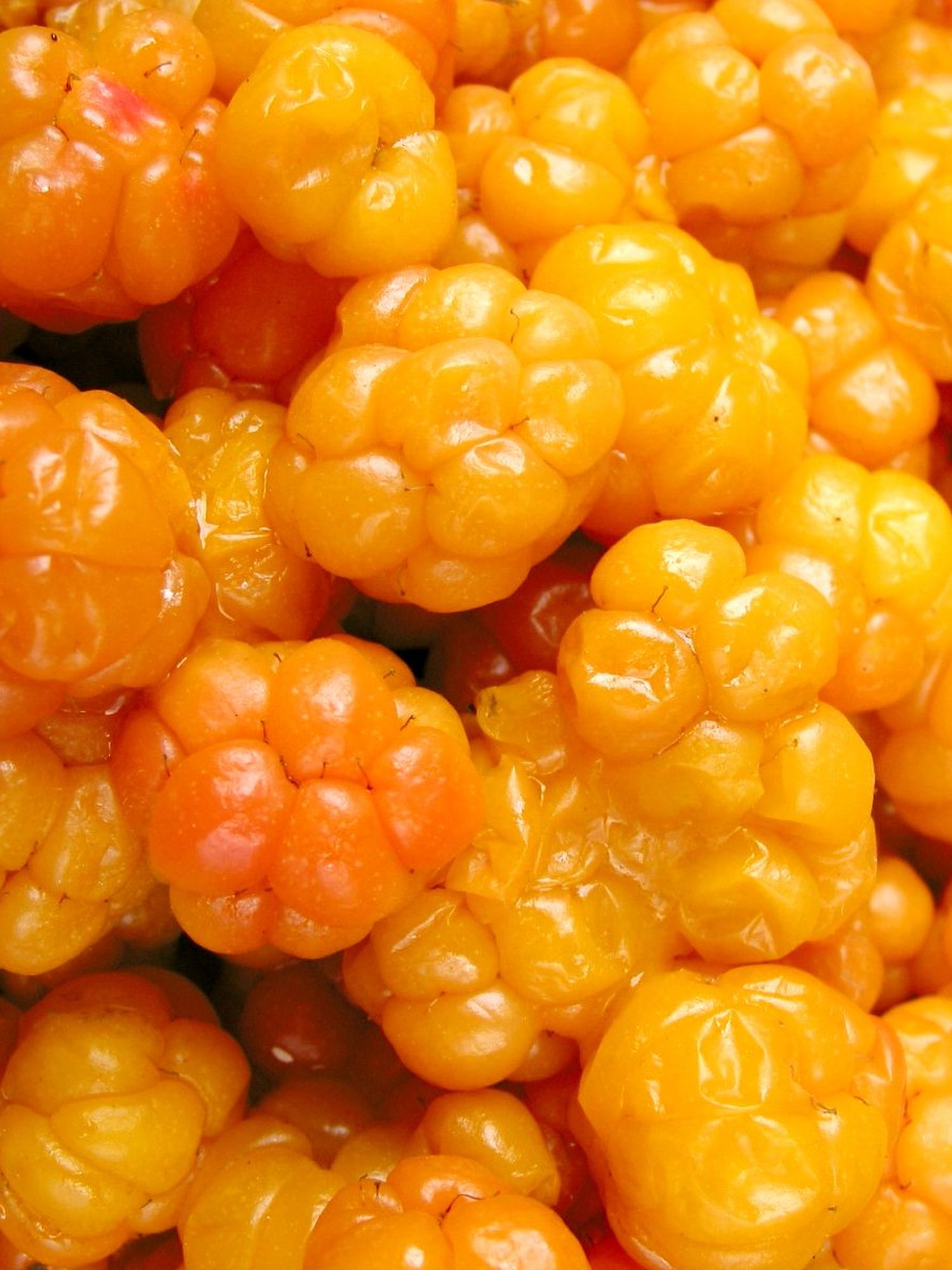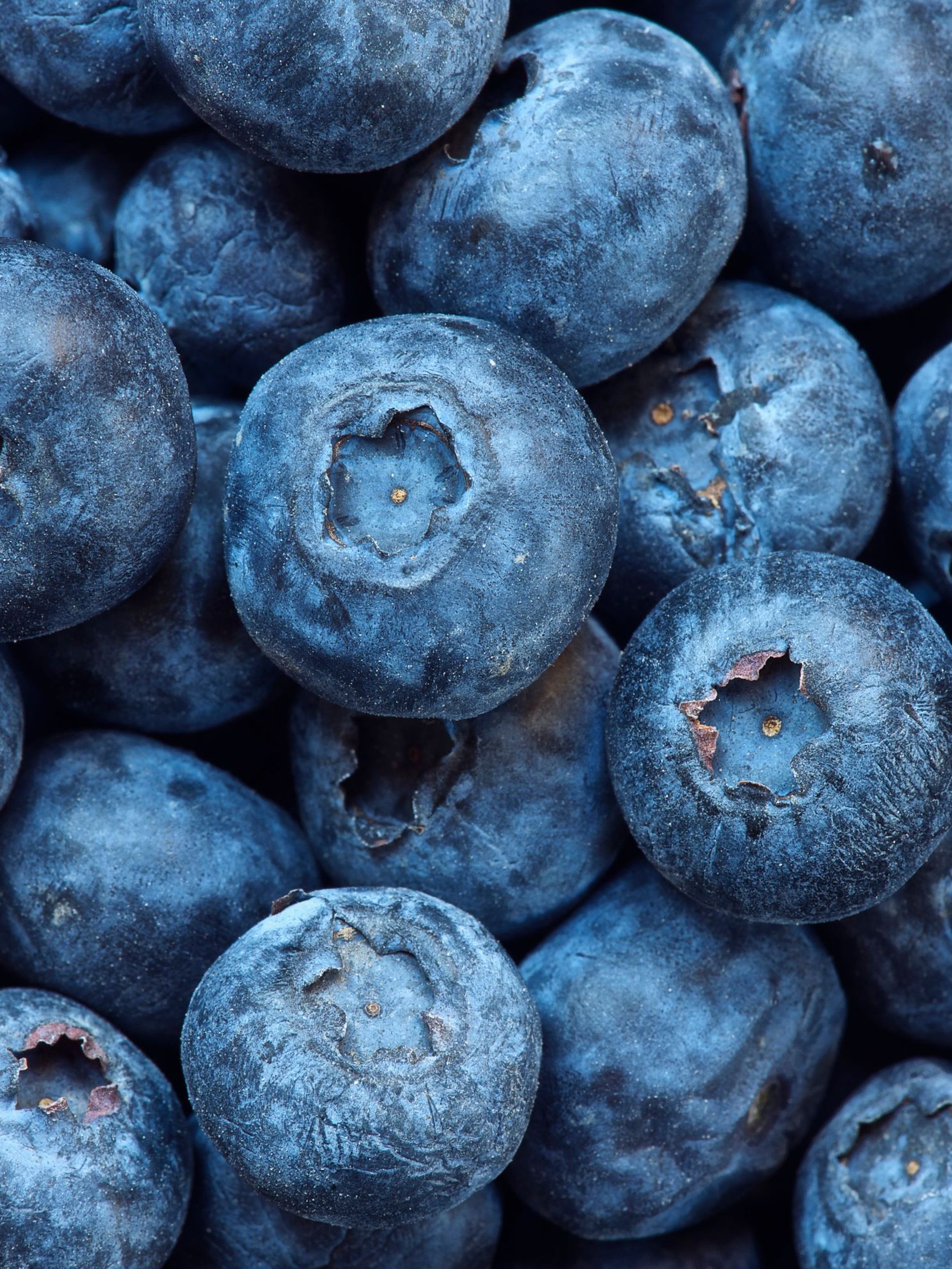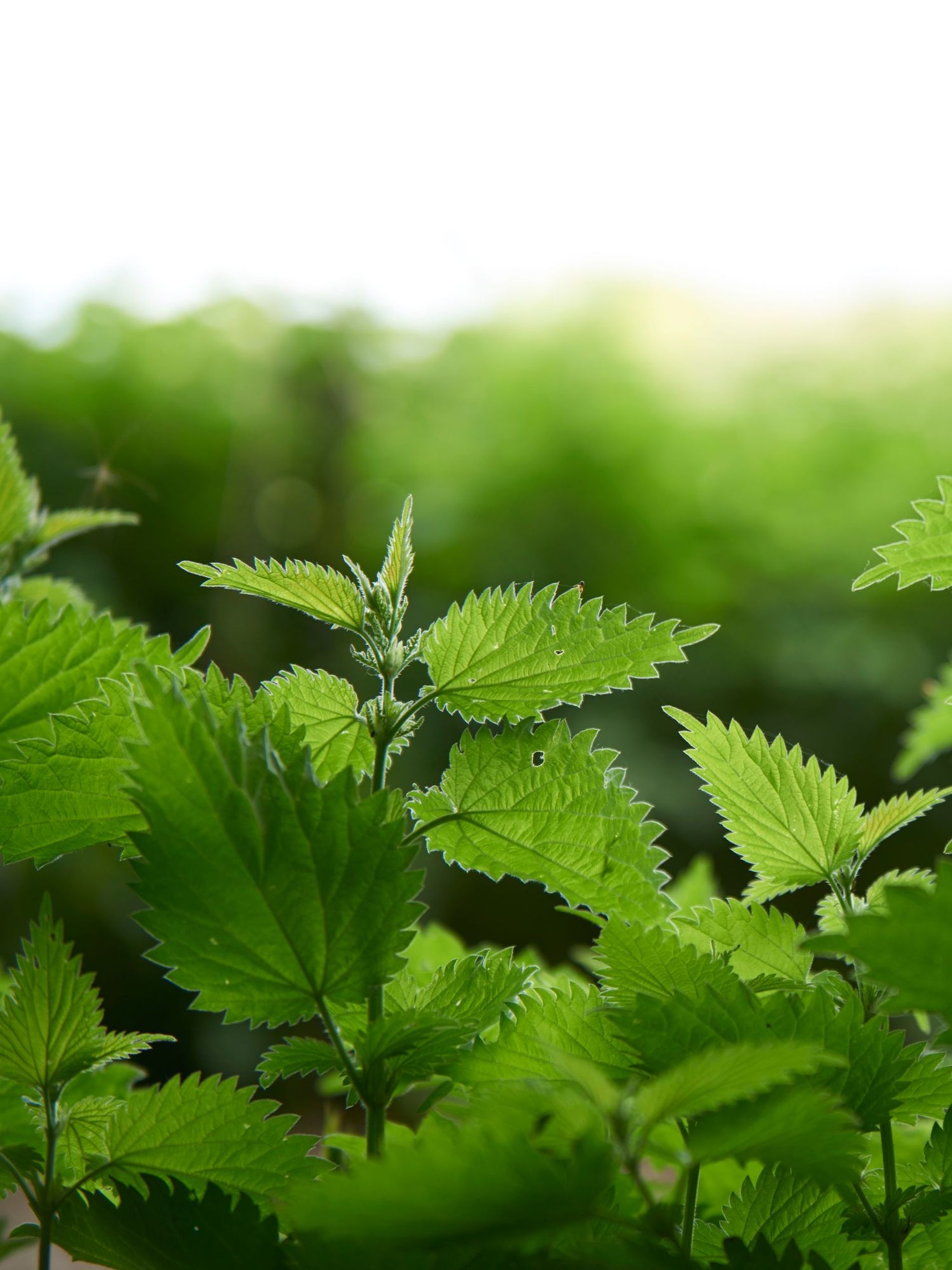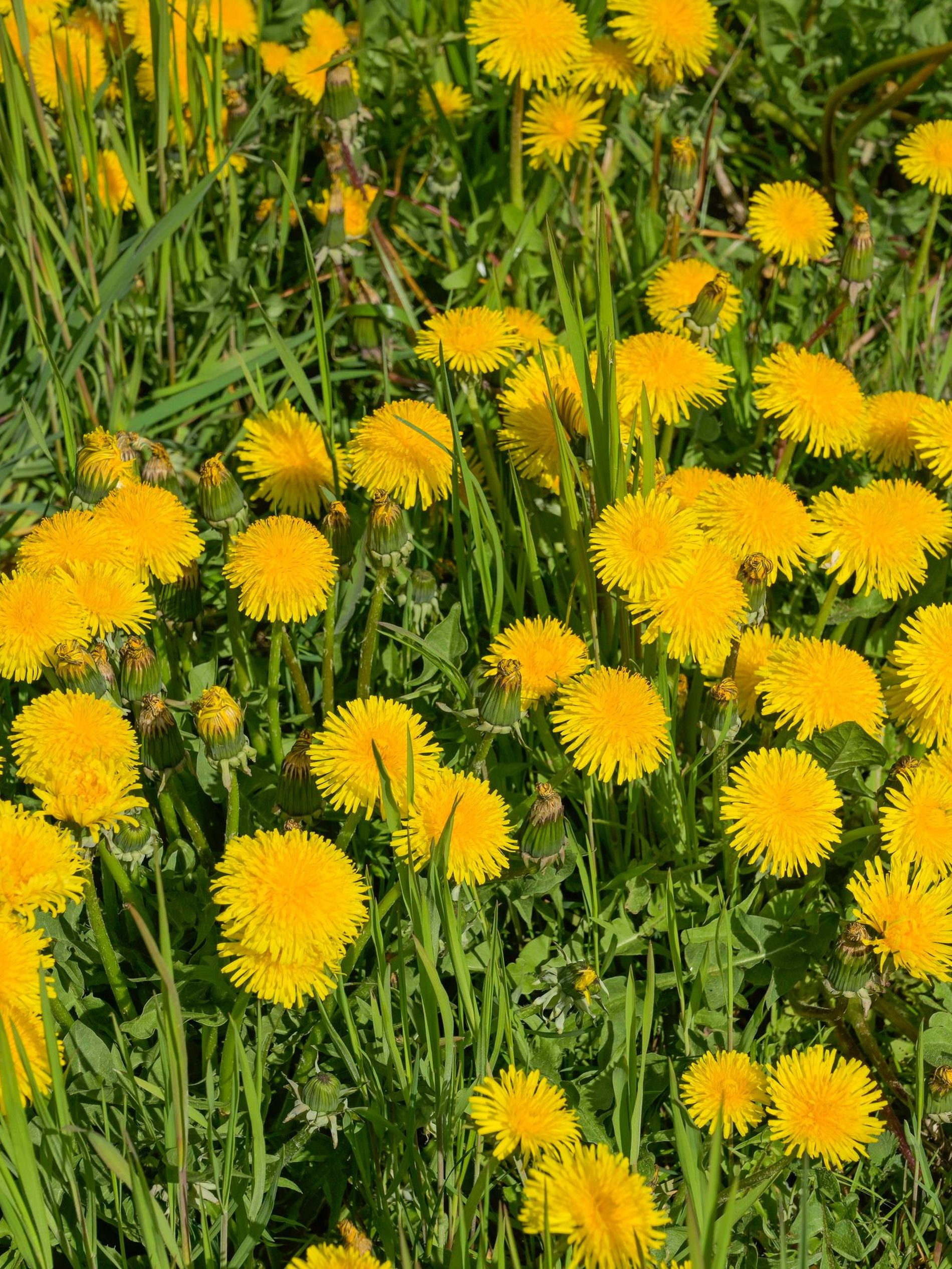From berries to fungi, Scandinavian nature has a plentiful bounty of healthy foods that can do you a world of good. Here are the ones to know and what to do with them
While we often associate the term 'superfoods' with exotic or rare produce from the other side of the world, there's actually a whole treasure trove of healthful items available right here in Scandinavia. Our own backyard (sometimes quite literally) is filled with everything from nutritious berries and fruits to mushrooms and flowers that can boost our whole body.
Related: 5 signs you’re eating too much sugar
What are superfoods?
If you're unsure where to start, nutritional therapist, chef, and author of four cook books Cecilia Davidsson suggests looking to the seasons. “In order to get the most nutrient-dense foods, we have to eat according to the season,” she says. “If we want to eat the healthiest and most nutritious foods, I usually say that we should take the following three aspects into consideration: our own body, the season, and variety. Listen to what your body needs and prefers, and then eat accordingly. Also, when the crops are in season and as fresh and ripe as possible, that’s when their amount of nutrients peaks."
Are there any local superfoods in Scandinavia?
Davidsson also notes that 'superfoods' don't have to be hard to find. “If we follow nature’s natural rhythm and eat the foods when they are as nutrient-dense as possible, we are actually surrounded by a lot of superfoods here up north, and I would for example even consider apples, plums, and mushrooms as superfoods during their peak season,” she says, though notes that choosing less common foods and ensuring variety in your diet is also hugely beneficial. "In order to get as many different nutrients as possible, we should eat a wide range of foods and dare to try the ones that are a bit more uncommon and unusual," she says.
Below, explore the seven Scandinavian superfoods worth incorporating in your diet:
Sea buckthorn
One Scandinavian superfood celebrated for its nutritious properties is sea buckthorn. A true skin saviour, it is known for helping heal wounds and burns, promoting elasticity, and protecting against dryness. Sea buckthorn also contains about 12 times more vitamin C than an orange, hence this is an astonishing berry for glow and firmer skin.
“Sea buckthorn is definitely one of my favourite superfoods that we have here in Scandinavia, and I love to make a smoothie where I mix it with grapefruit, mango, and a pinch of clove – the fusion between sweet and sour makes it taste heavenly,” says Davidsson.
Blueberries
Blueberries are another commonly found item in Scandinavia that come with numerous health benefits. A phenomenal source of antioxidants (known as polyphenols), blueberries are said to have a notable ability to calm the skin and may help maintain eye health. More incredible Scandinavian superberries are blackcurrants and rowan fruits, which are great sources of vitamin C.
Related: A guide to Scandinavian superberries

Cloudberries are supercharged berries found in the Nordic nature. Photo: Getty

Antioxidant-rich blueberries boast a wealth of health benefits. Photo: Getty
Lingonberries
Lingonberries are another very healthy berry, which are said to help lower low-grade inflammation and elevated blood pressure, as well as aid with urinary tract infections and improve kidney health. “Lingonberry chutney is a favourite, and I love to add the berries to stews for some added sour flavour," says Davidsson. "It also looks great to decorate any dish with, which is so important. If the food looks good, we want to eat it.”
Cloudberries
Cloudberries are known to help detoxify the body and strengthen the immune system, as well as stimulate circulation and improve digestion, while gooseberries are high in fibre and may support heart and brain health. Another more unusual berry is the aronia berry, which just like the aforementioned berries are packed with minerals, antioxidants, and vitamins, especially iron, vitamin A, B2, and E.
And if you can't find these healthy berries in your immediate vicinity, there may be a simple solution: grow your own. "You will quickly be surprised how many delicious berries, vegetables, fruits and mushrooms that we not only have in our supermarkets, but that we can also grow in our own gardens, and which will enhance your cooking immensely,” says Davidsson.
Dandelions
Often disregarded and considered an unwelcome invader in the garden, the dandelion should actually be considered a plant with super powers according to Davidsson. “Dandelions are great for our liver and for our digestion, and are very nutrient-dense. We can actually use the whole plant – the root, the leaves, as well as the flower. Dry the root and make tea out of it and add some dandelion leaves to your green juice or smoothie. Or why not sprinkle the yellow petals over your food to add some colour?"
In addition to boosting the inside of the body, dandelions can also help reduce inflammation and repair and heal tissue from skin irritations like dermatitis.

Nettles can help relieve eczema and skin wounds in addition to boosting the body with antioxidants, iron and vitamins A, D, and K. Photo: Getty

According to Davidsson, dandelions are great in supporting our digestive system and liver. Photo: Getty
Seafood
Beyond Scandinavia's backyard, the surrounding oceans also offer some remarkable superfoods. Mussels, oysters, and seaweed are all remarkably good for us according to Davidsson. “All of these are incredibly nutritious and I have definitely seen a rise in popularity when it comes to using seaweed in cooking. One way to cook them is to boil them with water and make your own broth,” Davidsson says, while also suggesting adding seaweed to a hot bath to take advantage of their beauty benefits. Seaweed can help smooth out fine lines on our skin, make it firmer, improve elasticity, and add a natural plump and glow thanks to the high level of amino acids and vitamins they possess.
Related: Skincare science: Sweden’s homegrown ingredient upsalite is poised to shake up the beauty world
Nettles
Just like with dandelions, nettles can help relieve eczema and skin wounds in addition to boosting the body with antioxidants, iron and vitamins A, D, and K. Nettles are anti-inflammatory as well and can be used to make everything from pesto and soup to tea and cocktails. “I like to use fresh nettles and their season is quite long – I sometimes even harvest them in the fall, though they are the most potent and nutrient-dense in the spring," says Davidsson. "The best bits are the sprouts, and if you cut them before they get too big, new ones grow out quite quickly,” she adds.
